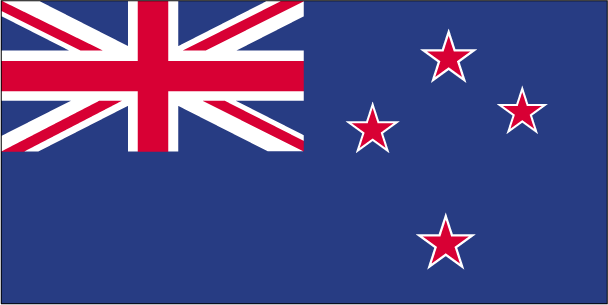
Over the past 20 years the government has transformed New Zealand from an agrarian economy dependent on concessionary British market access to a more industrialized, free market economy that can compete globally. This dynamic growth has boosted real incomes - but left behind some at the bottom of the ladder - and broadened and deepened the technological capabilities of the industrial sector. Per capita income rose for ten consecutive years until 2007 in purchasing power parity terms, but fell in 2008-09. Debt-driven consumer spending drove robust growth in the first half of the decade, helping fuel a large balance of payments deficit that posed a challenge for economic managers. Inflationary pressures caused the central bank to raise its key rate steadily from January 2004 until it was among the highest in the OECD in 2007-08; international capital inflows attracted to the high rates further strengthened the currency and housing market, however, aggravating the current account deficit. The economy fell into recession before the start of the global financial crisis and contracted for five consecutive quarters in 2008-09. In line with global peers, the central bank cut interest rates aggressively and the government developed fiscal stimulus measures. The economy pulled out of recession late in 2009, and achieved 2-3% per year growth in 2010-13. Nevertheless, key trade sectors remain vulnerable to weak external demand. The government plans to raise productivity growth and develop infrastructure, while reining in government spending.
$136 billion (2013 est.)
country comparison to the world: 64
$132.7 billion (2012 est.)
$129.2 billion (2011 est.)
2.5% (2013 est.)
country comparison to the world: 130
2.7% (2012 est.)
1.4% (2011 est.)
$30,400 (2013 est.)
country comparison to the world: 46
$29,900 (2012 est.)
$29,300 (2011 est.)
agriculture: 5%
industry: 25.5%
services: 69.5% (2013 est.)
NA%
1.3% (2013 est.)
country comparison to the world: 37
1.1% (2012 est.)
2.413 million (2013 est.)
country comparison to the world: 113
agriculture: 7%
industry: 19%
services: 74% (2006 est.)
6.4% (2013 est.)
country comparison to the world: 66 6.9% (2012 est.)
food processing, wood and paper products, textiles, machinery, transportation equipment, banking, insurance, tourism, mining
1.9% (2013 est.)
country comparison to the world: 128